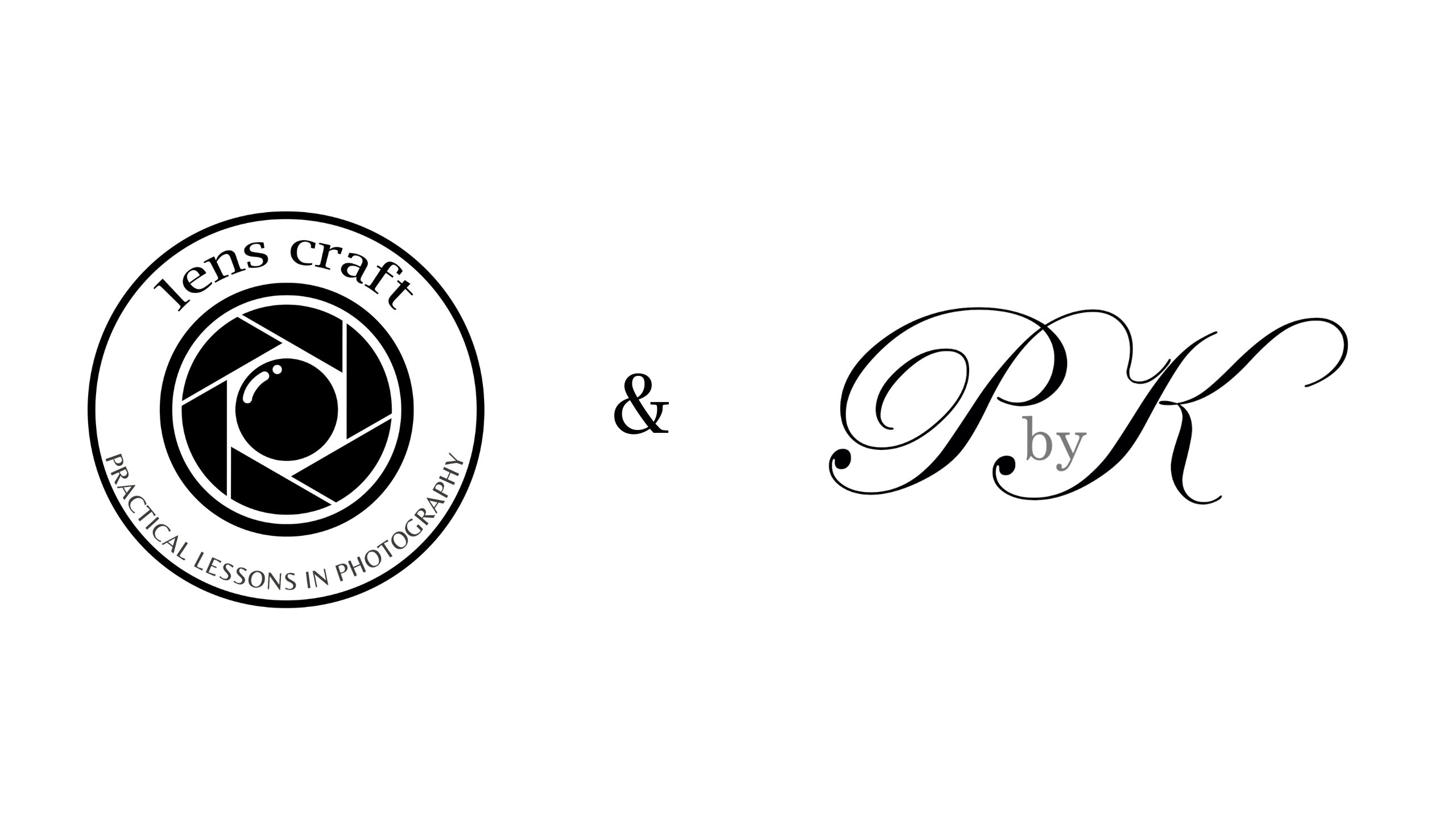Pinhole cameras a basically a box with a tiny, pin sized hole in it and film in it. There is no lens, no viewfinder and no proper shutter. As you can imagine, with a camera like this you can build it yourself and although it was a kit, I did the this exact thing.

It wasn't easy to build this camera. There were lots of small pieces and the instructions were quite long. It took me around 3 hours to build. I did enjoy making it though. I put in a 400 ISO, 24 frame roll of film. More winding of film is required in this camera so I should get 18 shots from the film.



As mentioned, there is no viewfinder so you aren't able to see where you are pointing the camera. You also can't focus it. It has a focal length of 20mm so it's a quite wide angle lens. It does have an aperture of f130 (most lenses on an SLR go to F22) so it allows quite a lot to be in focus as it's got a wide depth of field. This means that although I can't look through the camera to focus, there should be enough depth of field to get the subject in focus/sharp.
So even though I just basically point and shoot, I have to think about the fact that where I'm shooting going to be all in focus and not just part of it. There is also no light metre so exposure is a spectrum. For example in bright light 1-2 seconds, shade 2-3 seconds and night 5 minutes.
For the first photograph I took, I already some crucifix orchids so I used the pinhole camera to take a photograph of them. I was aiming for a 4 second exposure as my studio is quite dark. I set up my tripod, aimed the camera, lifted the shutter and took the photograph. I then needed to wind the film twice ready for the next photograph.


For my next photograph, I photographed some daisies I have in my front yard. As the exposure is in the seconds, I'm always going to need a tripod. I set up the tripod to have one daisy central with greenery and another plant in the background. It was in the shade again so I aimed for a 3 second exposure. It's actually amazing how quickly that time goes so I'm sure that the shutter was open for longer than that. Let's hope the photographs won't be too overexposed.



The hard part is now the waiting. I've got 16 more photographs to take and then need to wait to have the film processed. We're looking possibly at a month's wait and it's going to be a long wait.
